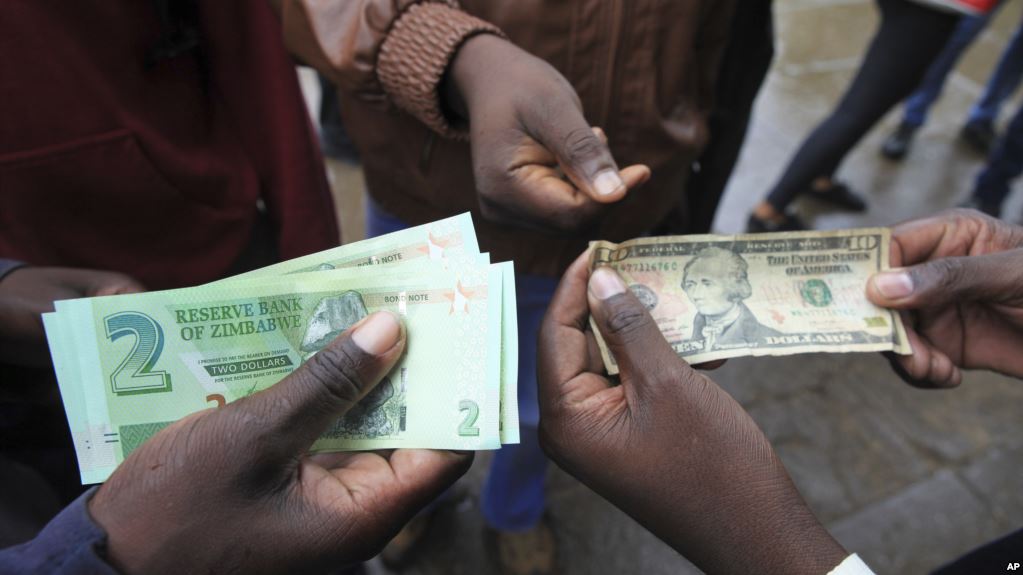THE country’s trade deficit declined by 71 percent to $231 million between February and April this year on the back of prevailing foreign currency shortages, figures from the Zimbabwe National Statistics Agency (Zimstat) show.
Between February and April this year, Zimbabwe imported products valued $1,2 billion against exports worth $922 million.
In the same period last year, Zimbabwe imported goods and services worth $1,8 billion with exports amounting to $964 million. Last year, exports marginally dropped by four percent while imports declined by 35 percent.
The decline in the country’s trade deficit was largely attributed to the prevailing shortage of foreign currency to import goods.
“The decline in trade deficit is largely due to a shortage of foreign currency the country is facing. People do not have forex to import as the situation remains tight particularly in the formal market. Unlike in the prior year and previous years, forex shortage was not tight as is the case right now,” said an economic commentator Mr Peter Mhaka.
Going forward, he said, there is a need for the country to ensure that local companies are resuscitated particularly those in the manufacturing sector to improve local competitiveness to generate foreign currency and improve liquidity in the economy.
However, trade statistics for January last year were not available and Zimstat said this was because the Zimbabwe Revenue Authority, which is the source of merchandise trade data, has not availed the statistics.
Owing to suppressed production, the country also relies on importing key raw materials for its industry, which drains the scarce foreign exchange in the economy.
In recent years, Government introduced import substitution programmes aimed at taming the ballooning trade imbalance.
A fortnight ago, the Buy Zimbabwe initiative in collaboration with the Ministry of Industry and Commerce embarked on a countrywide campaign to promote the production and consumption of locally manufactured products to save foreign currency and increase output in the manufacturing sector.
In his state of the economy report, Finance and Economic Development Minister Professor Mthuli Ncube said the major import sources during the period under review were South Africa, Singapore, and China, contributing 33 percent, 27 percent, and 10 percent respectively.
“However, there is much more scope for managing the import bill targeting other non-essential imports embed in the $402.3 million,” he said.
Zimbabwe exports to different countries across the globe with South Africa being its largest trading partner.
Between February and March this year, the country’s imports were largely for consumptive purposes as they comprised products such as fuel, wheat and medicines.
Zimbabwe’s major exports were largely minerals such as gold, tobacco, diamonds and ferrochrome.






